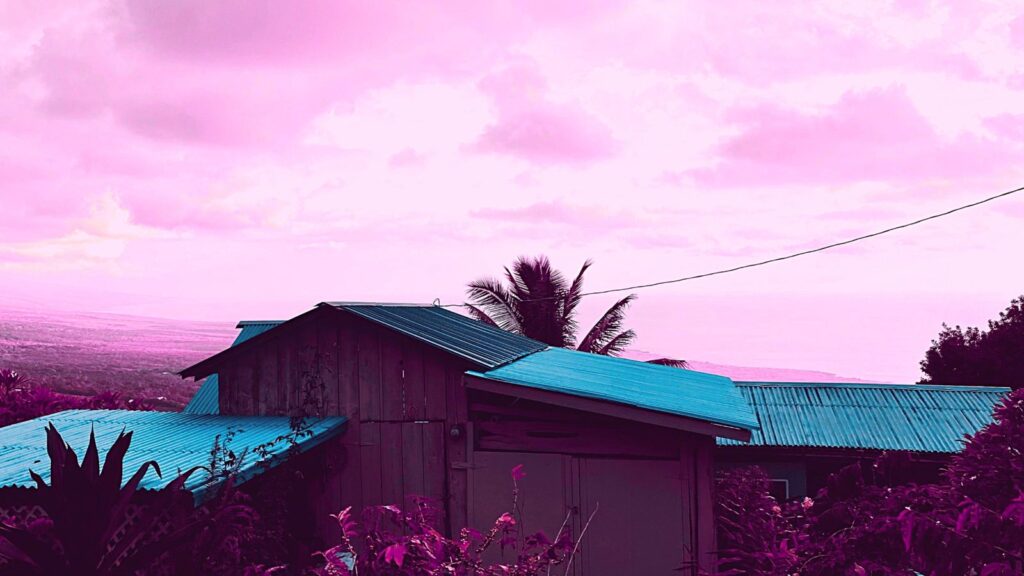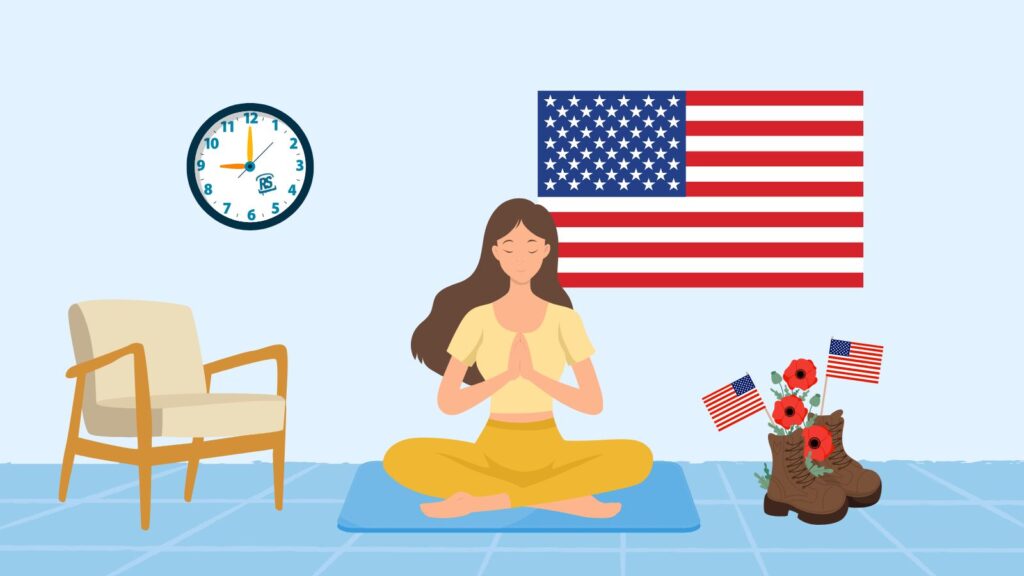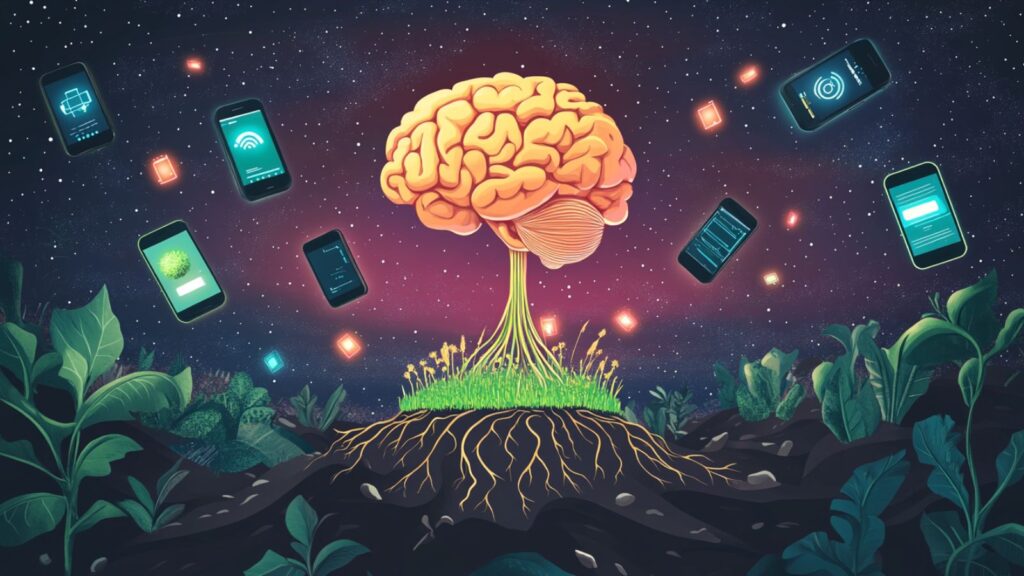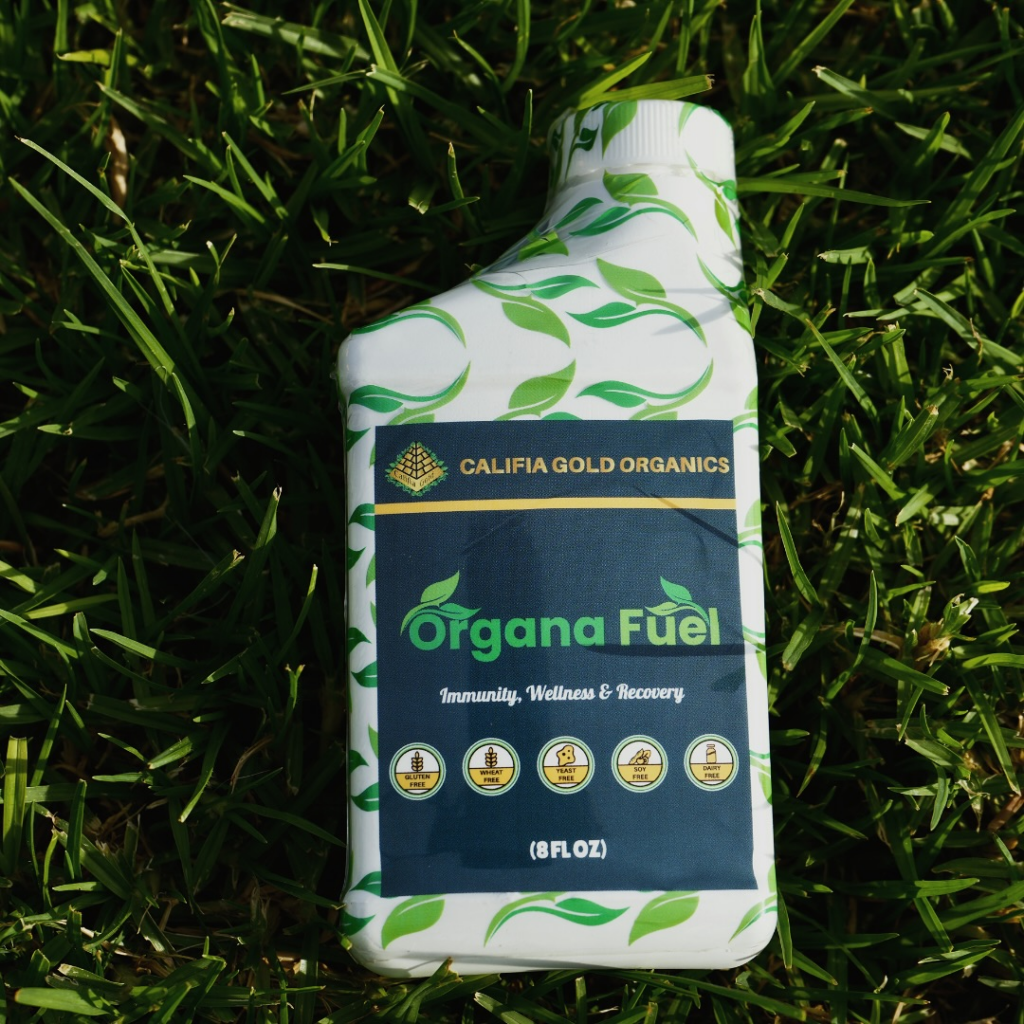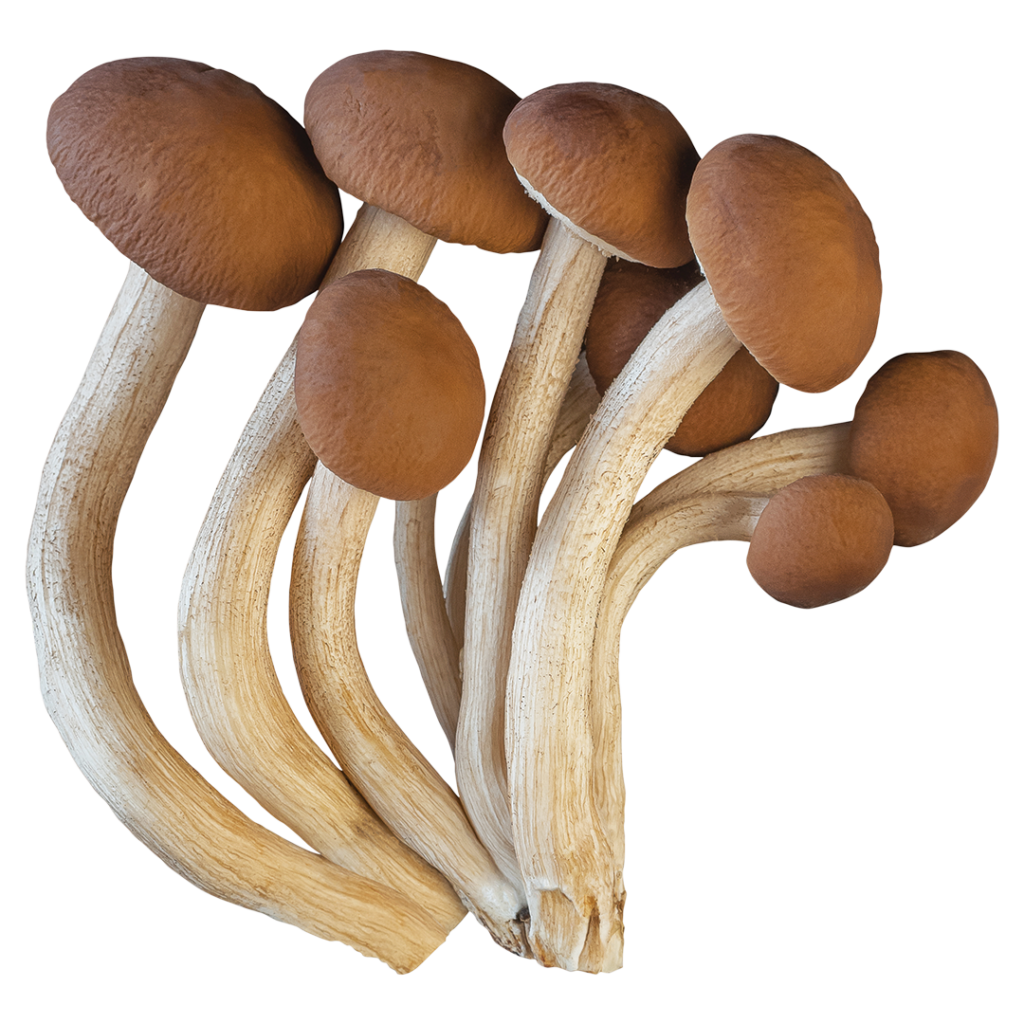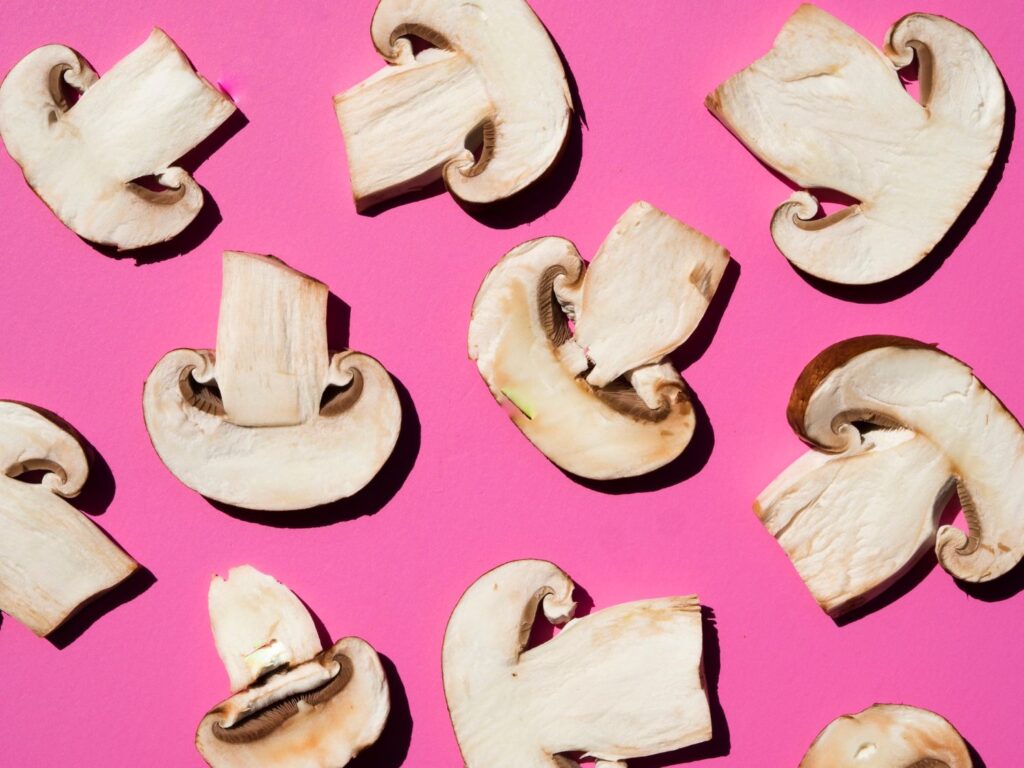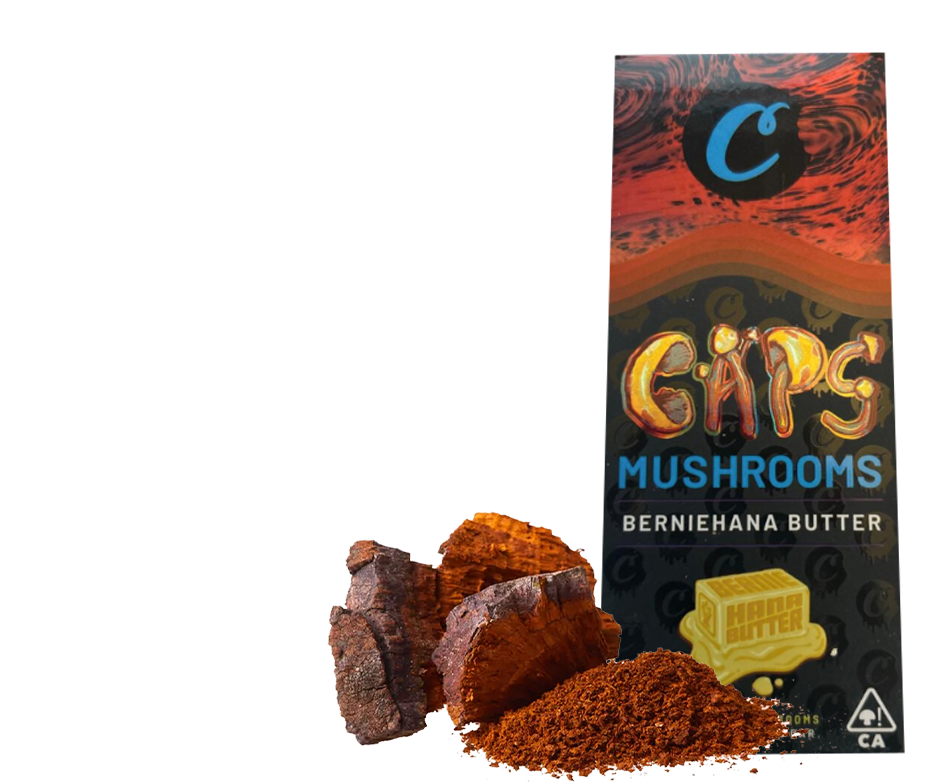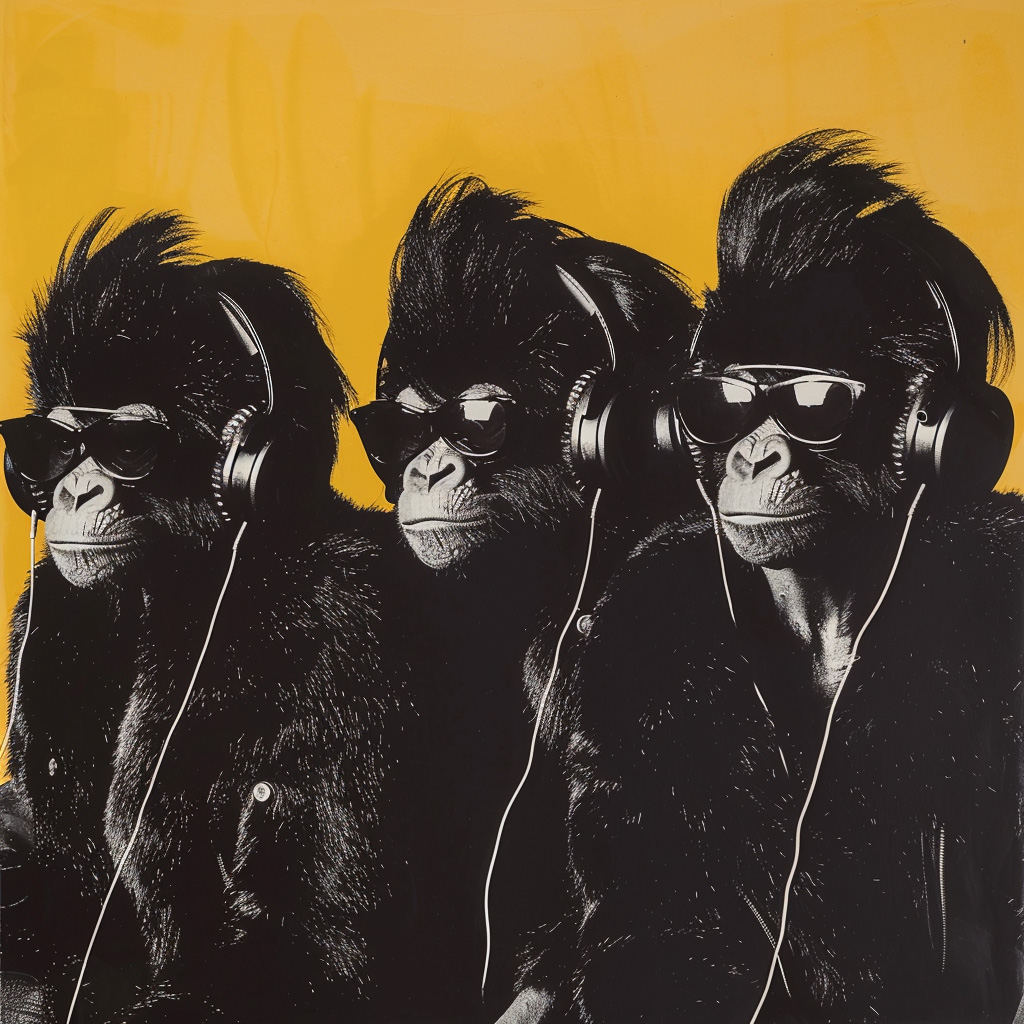"Intentional sexuality" refers to the use of sexual practices to attain religious, spiritual or mystical experiences. It is a very broad term, embracing such divergent practices as the yoga of the Kama Sutra, ancient Mediterranean rites of Cybele (at least insofar as such rituals are reported in literary accounts), contemporary breathwork such as that taught in the Body Electric school (which I discuss below), and even the interpretations of marital union found in such texts as the Zohar, the masterpiece of the Kabbalah. In today's parlance, these practices are sometimes referred to as "sacred sexuality" or "erotic spirituality," because they seek to reclaim the link between sexuality and spirituality, an ancient bond severed by the anti-carnal elements within early Christianity, Protestantism, and American Puritanism in its old and newer forms.
From a scholarly perspective, it is difficult to ascertain exactly how fundamental this bond was and whether such a split was ever so radical as it appears. However, my project here is not somehow to conduct a vast intellectual archeology of sexuality in world religions, but rather to explore how intentional sexuality operates in contemplative practice today. Obviously, the mystery of sexuality was extremely important to most earth-based ("pagan") cultures and to primitive cultures around the world; artifacts from the lingam and the yoni to the pendulous breasts and large phalluses of African figurines indicate that our own culture's discomfort with sexuality from a religious perspective is a discrete cultural phenomenon, and far from universal. The use of intentional sexuality in Tantric practice is well known. Moreover, in the West, intentional sexuality figures prominently in the accounts of many Christian mystics, Kabbalists, Sufis, and many others; sexual metaphors are central in these Western mystical traditions, and sexual practices, of one form or another, are described in many of them.
Nor is intentional sexuality confined to esoteric traditions. For example, in ancient Judaism, the cherubs were angelic creatures who resided at the holiest place in the world: above the ark, in the Holy of Holies, in the Temple. According to rabbinic sources, they were in a permanent state of copulation – a later tradition emends that they were making love when the relationship between God and Israel was good, separated when it was bad. Moreover, the Talmud relates that the walls of the inner sanctum were decorated with images of sex. The cherubs' erotic union and separation an embodiment and metaphor for the Divine on earth, and, in their brazen sexuality, represent what some might deem ‘paganism' enshrined in the most sacred place of Judaism. (Indeed, the Talmud in Yoma 54b relates that when the first Temple was destroyed, the cherubs were paraded in the marketplace as evidence of Israel's paganism.) But say "cherubs" today, and you probably think of a fat, sexless baby.
Drawing on such traditions — and, more frequently, on non-Western practices such as Tantra or suppressed religious practices such as those thought to be practiced by the ancient Canaanites and elsewhere in the Near East — today's erotic contemplatives see themselves as rediscovering ancient pathways of sacred sexuality. Whether they are renewing old ways or discovering new ones is debatable, but that intentional sexuality now exists as a contemplative practice, widespread in the gay spiritual community and increasingly prevalent in heterosexual communities as well.
It is worth emphasizing that, as its advocates use the term, intentional sexuality (or sacred sexuality) is not a mere code word for orgies and sex-play. Of course, "free love" is sometimes found in spiritual or other intentional communities, particularly since the 1960s, but, as is well known, for long before that as well. However, as I use the term, and as I have experienced its practices today, intentional sexuality does not refer to "free love" per se; it refers to the use of sexuality as a contemplative, mystical, or ecstatic religious practice. It is, in part, a mindfulness practice, because it directs the attention to a particular focus: the erotic energy (however that term is defined or understood) in the body. And it is an ecstatic practice, because it generates so much erotic energy that altered mindstates are created. These mindstates may be conceptualized on a purely physiological level (as, for example, flooding the neurons in the brain) or in terms of the "soul," and the fruits of the practice may be understood as therapeutic, energetic or even prophetic. But the actual effect on the practitioner's mindstate is as undeniable as the effects of sustained meditation. Whatever else is going on in intentional sexuality, the change in mindstate is real.
Before considering the opportunities and perils of intentional sexuality, I will offer a brief description of the practice of "Taoist erotic massage," created by Joseph Kramer, Ph.D., a former Jesuit who now heads the New School of Erotic Touch. Kramer is the founder of the Body Electric School, which he left about ten years ago, and which is now a leading institution teaching intentional sexuality, to men and women, in the West. Essentially, Taoist erotic massage combines erotic massage techniques with breathwork in order to — in its language — generate erotic energy and spread it through the body. Like many other techniques, the practice is non-ejaculatory. In a metaphor often employed by Kramer, ordinary erotic massage (i.e., masturbation) is like blowing up a balloon so that it can pop and release tension. Taoist erotic massage (Kramer learned from several Taoist teachers, but the practice as it exists today is his own invention and is not Taoist in any historical sense), by contrast, generates the erotic energy, through sensual touch, but instead of releasing it, spreads it throughout the body. (Indeed, practitioners often report orgasm-like sensations in their arms and legs, or moving throughout the body.)
These massage practices are complemented by breathwork, on the part of the person receiving massage, which culminates in a sustained hold called the "Big Draw." The effects of the "Big Draw," as related by hundreds of other practitioners, can be profound. Some describe it as a "full body orgasm," which can last for several minutes. Others describe it in terms of ecstasy or Divine union. On the purely physical level, the perception of energy is acute, and, of course, the level of pleasure is quite intense. On the emotional plane, the intensity of the experience often acts as a cathartic, therapeutic release, opening doors much in the way of 'primal scream' and other such practices. Intellectually, the mind after the 'Big Draw' can be in a state of clarity quite similar to that of samadhi, the concentrated state of mind produced by some forms of meditation. And spiritually, many practitioners report mystical experiences, which I will describe here.
So, what are the opportunities, from a contemplative perspective, offered by intentional sexuality? And what are some of the dangers?
1. Mystical Experience. Great, open awareness can exist in the silence of ecstasy. Essentially, intentional sexuality is an ecstatic practice, a concentration, and an energetic practice — all three of which lead to a quieting of the ordinary mind, with the attendant cognitive effects noted by mystics worldwide. It is an ecstatic practice not in the sense of the soul literally leaving the body, but in the broader sense of an excitement practice, which "turns up the volume" of sensory input (speaking loosely here) to flood the neurons of the brain. Like ecstatic dance or ecstatic vocal work, intentional sexuality drives out the ordinary faculties of discursive thought, creating a stillness akin to that experienced in samadhi meditative states; thus intentional sexuality becomes a concentration practice as well. Finally, intentional sexuality is an energetic practice because it leads to a direct perception of energetic phenomena — again, speaking quite broadly, and not specifying in any way what "energy" might mean in this context — throughout the body.
The result? With one's attention focused, and one's the life-energy flowing, one feels oneself so intimately immersed in the cosmic play (what the Vedas call lila) that many practitioners feel ourselves unified with it. Of course, it is possible to understand the unity of all things intellectually without doing any practice at all. But even if the mind knows unity, our hearts usually feel duality; they feel separation and yearning, and they feel joy at union. So, in ecstasy, we feel the truth with our bodies more than we could know it on a solely intellectual level. We gain true knowledge (in Hebrew, daat), which involves union not just between the "self" and the One but among the different parts of the soul as well: body, mind, heart, and spirit. This knowledge can take place because thoughts have been driven out of the body by ecstasy, and because the energies of the body are so activated that we become hyper-aware of the great love that radiates throughout Being.
Of course, different practitioners will have different experiences, and will also interpret their experiences according to their different conceptual matrices. What one person may experience as union, another may experience as contact with (but not union with) the Divine. Another may label the same experience merely a relaxation response, taking place purely within a materialistic, dualistic universe. But the phenomenal experience itself seems to be extremely widespread among those who practice intentional sexuality in a serious way.
2. Realization. In addition to an experience of union with the world as manifestation, sexuality also is a portal to awareness itself, to the great Emptiness that lies beneath and conditions all that is. The sense of interdependence one gains in sexual practice is quite intense. In a different context, I wrote of the experience in this way: "By knowing ourselves to be a mere pattern of the great flux of Being, we know that everything else is empty of separate substance also. We can directly perceive, with the right intention, that this moment, that this occasion of you reading these words, is but a dream in the mind of God." The mindstate which birthed this sense of realization was conditioned by the heightened awareness that was itself conditioned by intentional sexual practice. More than any drug, but like an entheogen in its seemingly involuntary nature (i.e., one feels oneself brought into a state, rather than cultivating a state) intentional sexuality excites the body and allows the conceptual mind to relax. It is not, by any means, the only way to attain such consciousness, but it is a powerful one.
3. Healing. In many Western religious systems, sexuality in particular and the body in general are often seen as sites of sin or impurity. "What the flesh desires is opposed to the Spirit," Paul wrote in Galatians 5:16. "If by the Spirit you put to death the needs of the body, you will live." (Romans 8:13) Amplified by American Puritan attitudes regarding sexuality and the material world, these kinds of ideas have led many to conceive a split between the spiritual and the sexual, the sacred and the erotic. Given that we all possess sexual desire, the demonization of that desire naturally leads to a sense of pain, or of alienation from oneself. This is true for many people, but even more so for members of sexual minorities (lesbians, gay men, etc.), whose sexuality has been especially demonized by religion.
Experiencing the body as holy can bring great emotional healing. Even if one never has a mystical or realization experience during the practice sacred sexuality, just knowing that the body is a temple instead of a latrine is a precious liberation. Many men in Body Electric, for example, have reported life-changing experiences of repressed emotional pain regarding their bodies, or of unresolved psychological trauma (especially, in gay male contexts, with respect to the father/father figure). The Body Electric practice has thus evolved to include what is sometimes termed "heart-work"; prior to the massage sessions, many hours are devoted to community-building and trust-building, and the "bonding" that takes place in these periods is, for many men, as significant as the practice of intentional sexuality itself. However, the level of sensory stimulation derived from intentional sexuality is so intense, and so grounded in the body, that even without such additional heart-work, the experience itself can often bring about catharsis, ecstasy, healing, and transformation.
Think of the fear, the taboos, the shame, and the insecurities that so many of us carry around when we think about our bodies and our sexuality. Even the most well-adjusted of women is still subjected to societal messaging, every day, about how her body should look. Even the most secure of men still lives in a culture with taboos around nudity, or talking about sexuality. And for those of us who have been wounded — by trauma, by homophobia, by sexism, or by any number of other factors — erotic healing is especially powerful. It can mend body, mind, heart, and spirit. And it can address the wound that many carry regarding their sexuality by utilizing precisely the site of woundedness as a site for transcendence.
Finally, healing does not mean a narcissistic licking of one's own wounds and finding palliatives to ease whatever pain we feel. Healing means being more able to exist in the present moment, healthily, in an integrated way — and in a way that brings about more compassion. It is difficult for me to describe my own experience of compassion arising naturally from wisdom; it simply seems to occur. I remember riding on the subway after a weekend of Body Electric practice, being so vitally aware of the energies within everyone on the train, and so saddened by the way they are thwarted, repressed, twisted, and destroyed. This was true not only for those victimized by Western taboos and fears, but by those truly victimized by economic injustice, illness, and the myriad other causes of pain in the world. Like the compassion that arises in meditation, this compassion did not manifest as a vague "feeling sorry for the world"; it inspired me to change my own behavior, to act in a more gentle way, and to open myself more to the suffering of those around me (and myself). This, I think, is what true healing brings about: engagement, integration, skillful behavior.
4. Play. In case it hasn't been clear by now, intentional sexuality is hot. It's fun, it's erotic, it's a remarkable form of play. It's okay that it's hot. It's great that it's hot; it's Divine that it's hot. For pagans and polytheists, this play is holy and invoking the energies of nature is holy. But even for monotheists and monists, if the manifest universe is an expression of the Divine, playing with Itself, coming to know Itself, loving Itself, then the more we immerse ourselves in that cosmic drama, the more we ourselves are expressing God (or the Goddess, or the One). Becoming fully, electrically alive; growing exquisitely sensitive to eros – this is becoming and becoming aware of God Itself.
There are more benefits to intentional sexuality on the individual and community levels, and one of the interesting facts about it is that different practitioners can be on totally different individual ‘trips,' unified with their co-practitioners more by acts than by intentions. However, because my assumption is that many Reality Sandwich readers have experience with intentional and sacred sexuality, I want to turn now to some of the perils I and others have encountered, which, interestingly, tend to flow directly from the benefits. This next part is a bit insider-y — but that's what we're here for, right?
1. Idolatry: Mistaking manifestation for essence
A persistent risk with spirituality is that there is no one mind-state that is closer to God than any other. Wherever we are – in ecstasy, sadness, satisfaction, or yearning – if God fills the universe, or if "All is One," then we are fully Divine at that moment. Yet many spiritual practices lead us to believe that ecstasy is enlightenment, or at least a prerequisite for it. There appears to be a goal, and a path to travel from where we are now (which is deficient in some way) to somewhere else (which will be better). At least two errors flow from this view of spiritual practice: first, that the feeling of ecstasy is itself the Divine – rather than one manifestation of It – and second, that other feelings are not quite as filled with God as is joy.
These errors are especially present in sacred sexuality. First, it is very tempting to label the ecstasy, the orgasm, the love as the Ultimate. From a polytheistic point of view, this presents no real problem; the energy of excitement may be experienced as a god. From a monotheistic or monistic point of view, however, it can lead to a mistake: that this is it, we feel, as our bodies take us to altered states of consciousness. But "this is it" is both right and wrong. This is it – the moment we are experiencing is nothing but the One Unfolding Now. And as ecstatic practice drives thought from the mind, we are especially open to be present. But what is "It" about this present moment is not that the body-mind happens to feel so turned on, or that the ch'i is flowing in an excited way. All the energy is no more Divine than boredom, delight, or sadness. And it is not, in any separate sense, real; like all forms, erotic energy is ultimately empty of separate reality.
The notion that a god or goddess is invoked, or summoned, by a given ritual practice has a very long lineage. And, for those who have practiced intentional sexuality, it is easy to see why. The energy shift is so dramatic, one cannot help but notice it, and it seems so other to the usual mode of being, one cannot help but label it as a kind of possession. Even if the sages of monotheism were not as prudish as they are sometimes made out to be, it is easy to see why they would disapprove of such practices.
Even apart from ideology, intentional sexuality can also lead to a kind of contemplative mistake. Spiritual practice enlivens the present, and elevates it to the sacred. But with the delicious, addictive sensations of intentional sexuality (more on the attachment to these feelings below), a very different sense can result. Instead of the practice causing us to appreciate every moment, it can cause us to flee the present in search of more ecstasy. After all, ecstasy is when we are closest to the Divine, and who doesn't want that? To speak by way of analogy, intentional sexuality can make Sunday very special and the rest of the week rather dull.
Classically, this is one of the central problems of idolatry: not the idol so much as the stone which is discarded; the mistake that we can so easily make that "this" is more holy than "that."
2. Confusion: Mistaking the ego for Reality
Another "error" of idolatry, replicated in intentional sexuality, is the easy mistake of supposing that the Power belongs to the self. Here, language can be tricky. If by "Self," one means the True Self, the One that underlies all individuality, then the Power does indeed belong to that Self, because that Self is The One That Is. However, the error comes in when I imagine the power to belong to Jay, an individual with a history. I remember one time, practicing intentional sexuality atop a mountain, I stood in the wind, surveying the desert beneath me, and felt like a god-as if I, in particular, possessed this Power. Really, the Power possesses me — but it didn't quite feel that way.
This ego danger is omnipresent in intentional sexuality practiced in sexual minority communities. Contemplative practice involves dropping our individual "story," and dropping into the "Now." Therapy, on the other hand, is all about going into the story. Intentional sexuality is a mix of both. When gay men, for example, gather for Body Electric, we mix healing with ecstasy with contemplation. In so doing, we are mixing modalities in a delicate way – at once too noisy for silence and too quiet for therapy. Intentional sexuality can bring up many important heart-teachings — about the ego, sexual health, emotional wholeness, and so on. Obviously, all of these things are very good! But engaging with the self way makes it all the more tempting to ascribe the powers of the body to the self.
To repeat, none of this is to denigrate the critical work of healing the self. In the world of form, our identities matter. Owning our histories is part of fulfilling our individual soul-prints, and is essential for well-rounded growth. All of us can name spiritual teachers who are very advanced in spiritual practice but still have a lot of work they need to do on their emotional or psychological well-being. This comes from neglecting the fact that, even if we are really all God, those of us who exist in the social world do so in selves which often need a lot of work and love.
So, it's not dissolving in emptiness is good, but exploring form is bad. The problem lies in confusing one with the other. At the fruition of the contemplative path, being a survivor of abuse, or queer, or a woman, means nothing. At other points along the path, it can mean everything. Intentional sexuality, which traverses the whole length of the path, can thus be very confusing. It's not clear when to go into the story, go into the wound, explore the shadow – and when to drop all of that and bask in timelessness. It's great that one practice can take you to all these places; it's just tricky knowing where you are and where you're going.
3. Attachment
I admit, I like meditating. It relaxes me, and I've gotten good enough at it that it is simply enjoyable. But, then again, it's not as enjoyable as a ten minute orgasm. This is one of the delights of intentional sexuality, of course, but also one of the dangers. I found, when I practiced too much, that I started to crave it. I became very attached to certain feelings in the body, and my mind grew restless when it wasn't experiencing them. It was very easy to see intentional sexuality as becoming yet another addictive behavior, and we all know, or have heard of, sex addicts for whom the opiate of orgasm has become an intoxicant. How does one ensure that one's own ‘sacred' sexuality does not function in the same way? And how not to attach to the sacred sexuality path at the expense of other practices which are so critical for balance and quiet?
There are answers to these questions, and skilled teachers who answer them. But, like any serious contemplative practice, the teacher is essential and the auto-didact is to be warned.
Moreover, since intentional sexuality often involves a partner, and since there are often multiple partners available, we often want some kinds of bodies but not others, or desire a form of pleasure not necessarily about healing, mysticism, or transcendence. I've experienced attachments in meditation, too-literally, and strongly, wanting a certain color cushion. But when the sex drive is in play, the attachment is far stronger and potentially more destructive.
4. Boundary questions
Connected to the perils of attachment is the critical need for boundaries in intentional sexuality. Mystical practice, one sometimes hears, is anathema to the boundaries of both religion and society. No limits, no walls, no rules; mystics (especially queer mystics) are the in-between people, the boundary-crossers. By defying conventional definitions, we show that these definitions (like everything else) are empty. The last thing we ought to do is import boundaries and limits into our spiritual-sexual lives.
But all creatures draw boundaries, even ants, fish, and doves. Humans designate, through sometimes arbitrary line-drawing, those objects and times which are valuable. For almost the entire world, the important bit of wisdom is that these lines are, in fact, arbitrary; that values are socially constructed; that every boundary can be crossed. But precisely for the sacred boundary-crossers, there is an equally-important reminder: that these arbitrary boundaries have function.
In intentional sexuality, it is essential to draw boundaries around the holy-I'd rather use the Hebrew word kadosh, which means both separate (from the ordinary) and intimate (with the One), especially because it is used, disapprovingly, to refer to hierodules (k'deshim) and other practitioners of intentional sexuality. The drawing of boundaries allows us to say, literally and figuratively, "we're not just fucking around." When I tell some people that I am involved in sacred sexuality, their assumption is that the sacred part is merely a pretext to get laid.
And sometimes, it is true. At one gathering I attended, there were occasions on which some participants were clearly more interested in fondling the hot guy than in unifying sexuality and spirituality. Of course, hot bodies are hot, and that should not be denied; it's fun to play sexually with people we find attractive. But clearly there is a difference between (a) opening up, through sexual intimacy, to the play of energies in the Divine manifestation and to the great Loving Emptiness that underlies all and (b) getting off because you're fondling the hot guy. To be doing the latter practice, in my opinion, validates the skeptics and does a grave disservice and disrespect to God and God's holy lovers.
And it is an inflation of the ego. The path of sacred sexuality is a path of self-fulfillment and self-annihilation. When I practice it, I fulfill my Divine mission, activate as many energies within my particular body and soul as I can, and I am fully "me" in that moment. And yet, precisely through that self-fulfillment, I cease to be the separate "me" at all. Separation disappears; "I am That." But when I'm fondling the hot guy, I am a separate ego that's getting some substitute-love by associating itself with a desired object. I am fulfilling "my" needs or wants. In contrast to becoming fully whole and thus fully empty, I am trying to balm my various wounds with a drug-like medication: the hot guy. It is not service of God; it is the service of the separate self, and eventually it will lead to suffering. This danger exists, and its negative energy can poison erotic rituals, and I've seen it happen. Boundaries and intentions help keep us on track, which is why, in Body Electric and similar contexts, it is not thought of as repressive or "bad" to set them. On the contrary, most teachers of intentional sexuality embrace boundaries as necessary to create the safe space for sacred union to happen. In so doing, they are replicating the ancient forms of the k'deshim themselves, who worked in temples, not brothels or bars.
5. Energy Dissipation
The last of the five intentional sexuality hindrances I wish to discuss is a kind of dissipation of energy which I experienced over the course of practice, and of which I have heard many much more experienced practitioners complain. Most sacred sexuality practices do not involve ejaculation, and are said to enliven the body, not deplete it. However, I have found that even without ejaculation, there is a sort of erotic fatigue that can set in. Perhaps, like bodybuilders, or yogis who can sit, unmoving, for days at a time, experienced practitioners build up their bodies' stamina and do not experience this sort of fatigue. But beginners can feel like Bilbo Baggins after he wears the Ring too long: like butter spread too thinly over too much bread. Like the Ring, intentional sexual practices can give power. But do we know enough about how they take power from us as well?
Once again, it is not that these questions are unanswerable, or even novel. They are omnipresent in spiritual practice. Every contemplative practice carries dangers with it; the fact that they exist is no reason not to engage in the practice. They just remind us that we are playing with serious energy that requires serious intention and attention. Whether we mythologize this energy in terms of angels, or ghosts, or even gods, or whether we regard it as purely physiological in nature, we must approach the quest as a shaman would, mindful of the dangers that await.
I am still working out how to integrate my sexual practice into my contemplative work. There have been times, recently, when I have felt its opiate-like pull, and so I've found it very important to be out in nature, alone, but not "go there" sexually all the time. I'm still working out, in my own Jewish-Buddhist context, whether there are practices or ideas that are in too much tension with my core principles, or whether the framing of the question in this way is itself an invitation to consider my own lurking spiritual materialism.
Most importantly, I am mindful of something that one of my teachers once said, when I asked him about working with eros along the contemplative path. Grounded in the Buddhist tradition, his sharp response gave me much to contemplate. It's what I wrestle with most, these days, as I explore this particular path. "Of course, there is nothing inherently wrong with it," he told me. "But the energy of eros is so strong, it's hard not to think it's real."
An earlier version of this essay appeared in White Crane: Gay Wisdom and Culture (www.whitecranejournal.com)
Image by kuranda, courtesy of Creative Commons license.

